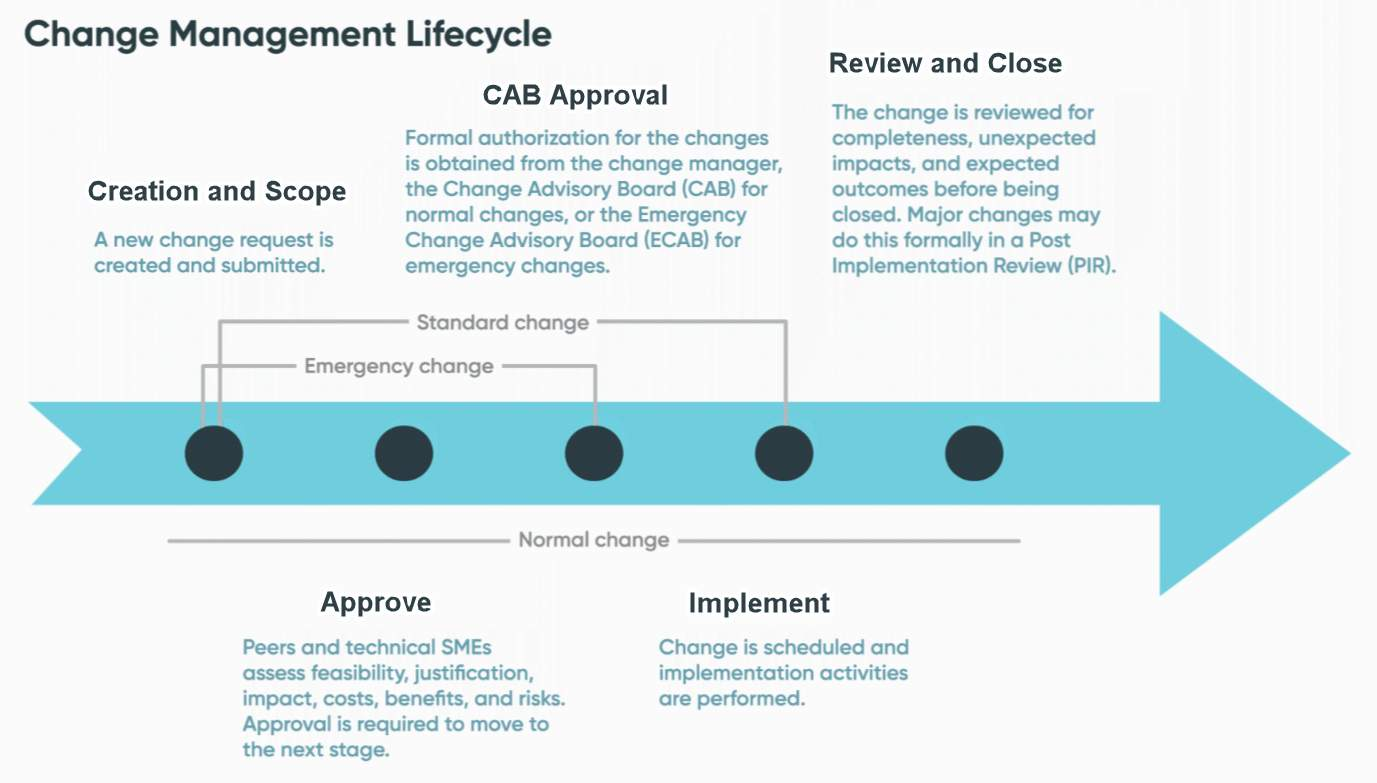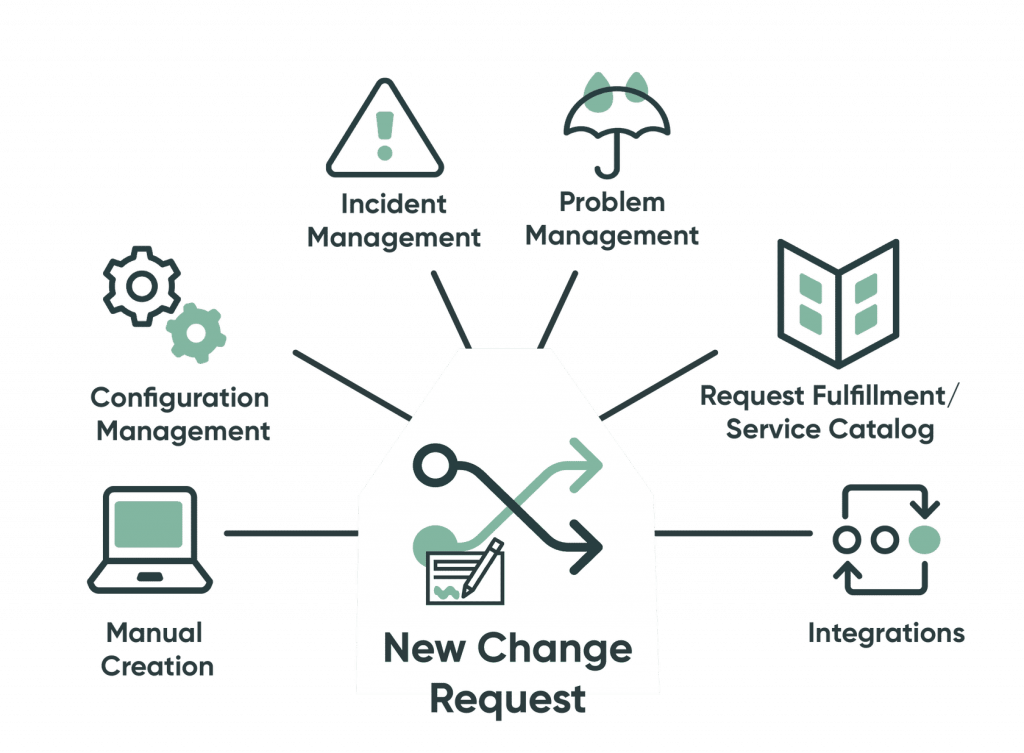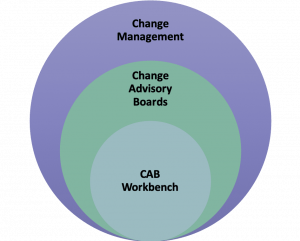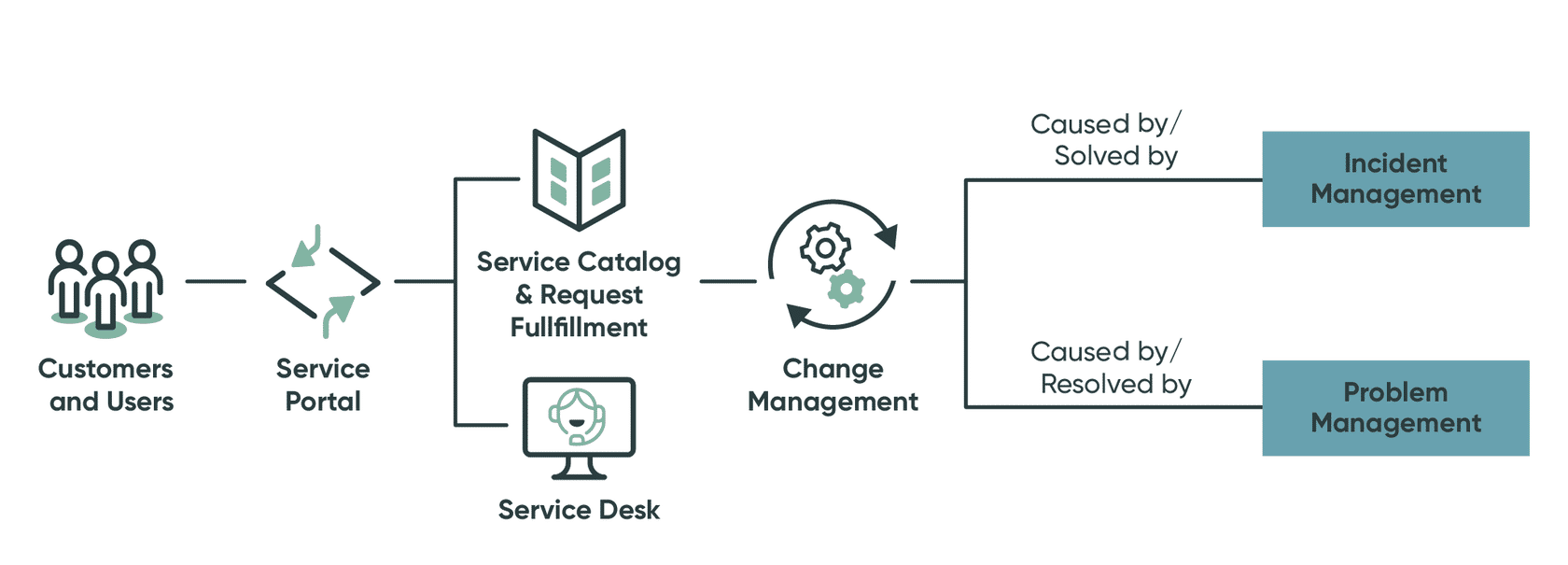ServiceNow automates the business workflows and streamlines all the processes and operations in the organization.
It provides a wide range of solutions for organizations in different domains like IT, Human Resources, customer services, etc. Employee, customer, creator workflows are provided to increase productivity. ServiceNow provides various modules and tools. One of them is IT Service Management. It is the end-to-end management of all the IT services provided to the customers.
IT service management provides different services, In this blog, We will talk only about the gatekeeper of all the changes, ServiceNow change management.
What is Change?
Suppose we want to do some changes to our services, addition of features, deleting some files, We call it the change. Change is about the addition, update, modification, or deletion of any service or service component which can make an impact on IT services.
Change Management
It is the phenomenon of managing the lifecycle of all the changes using an oriented and formal approach.
Aim of Change Management
- Handle all the changes efficiently.
- ITSM Change Management should be beneficial with minimum disruption to IT services.
- Minimize the number of incidents generated from the changes.
Change Management Lifecycle
It is an oriented approach for managing the lifecycle of all the changes. ITSM Change management Life cycle ensures that all changes are done in an efficient and controlled manner. It is used to minimize the number of incidents caused by the changes and the disruptions to the IT services.

1.Creation and Scope
In this step of the change management life cycle, users create a new record for the change and put all the relevant details.
Recording of the change requests can be done in different ways. It involves only one state that is the new default state of the change. It involves the risk assessment, scheduling of the conflicts, and risk evaluation.

2. Approve
It is the process of obtaining the technical approval of the change. Approvals records are created. In this stage, the change is reviewed and finally approved or rejected by the approvers. It includes “assess” and “authorize” states. Change advisory board is for medium and high-risk changes while emergency Change advisory board is for emergency changes only.
3. Change Advisory Board(CAB) Approval

It is the formal body that is responsible for the review and approval of all the changes. If the change is approved by the Change advisory board then it enters to the scheduled state, If it rejects, it enters again to the new state.
4. Implement
Implementation tasks and activities of changes are executed in this stage. All the change tasks are completed. It involves two states one is “scheduled“and the other is “implement”.
5. Review and Close
This step includes the post-implementation review before the closing of all the activities and the tasks. We need to ensure that all the activities are completed. It involves three states-Review, close, and canceled.
Change states

- New: When the request is created, it is automatically in the default new state.
- Assess: This stage is to create the approvals and send the notifications for the approvals.
- Authorize: The state in which the Change authorization board provides the final approval for the changes.
- Scheduled: After authorization, the changes come to the scheduled state where they wait for the implementation on the planned timings.
- Implement: The stage in which actual changes happen in response to the problem or incident.
- Review: In this state, It is verified that the change is successfully implemented or not.
- Closed: Change enters into the close state when all the changes activities are completed and all relevant active states are closed.
Change Application
Change application is used to complete the processes of Change management Life cycle Change applications contain different modules to create, edit, open, schedule changes, and change advisory boards.

Types of Changes
1. Normal Change-

It is one of the Complex changes. It needs complete authorization and assessments. It Progresses using a full change management process.
2. Standard Change

It’s a low-risk change with a proven history of success. A streamlined process that requires no approval and authorization like the normal change.
3. Emergency Change

It is implemented to prevent loss in business and is highly time-sensitive. It also does not require planning and authorization like the normal changes.
Benefits
1. Risk Assessment
ServiceNow has the tendency to automatically calculate the risks using predefined factors. It allows organizations to make better business decisions by the overall calculation of the risks.
2. Conflicts Scheduling
ServiceNow provides a platform to automatically solve conflicts. You can see the consolidated view of all the conflicts in ServiceNow.
3. Effective Change visualisation
Visualizations are provided for all the changes to help businesses to make better decisions. Organizations can use historical data to extract better insights.
4. Automation
ServiceNow provides the workflows that provide the automation with real-time analysis. It decreases the manpower required to do the same work.
Conclusion
ServiceNow ITSM Change Management gives you the High-quality capability to manage all the changes for IT Services with minimum risks and conflicts. It helps you to minimize the threats induced by the changes and facilitate a better experience for the changes. It ensures that the changes are done in an efficient and controlled manner with no major losses.
Thanks For Reading
Read More on Aelum Blogs
Author: Rati Kumari Jha
Designation: Technical Content Writer








